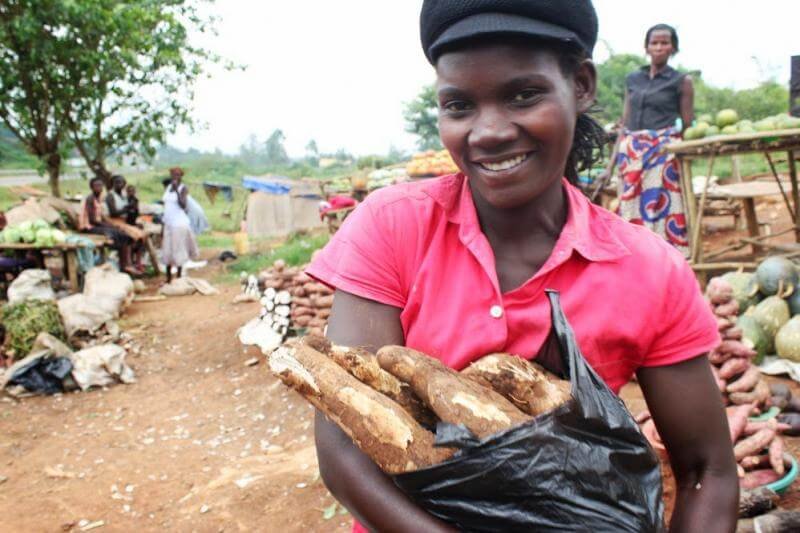Bill Gates spends a lot of his time probing the minds and work of researchers and analysts trying to solve the world’s biggest problems. The results often end up on his GatesNotes blog. His new post focuses on the plant genetics research of Edward S. Buckler, a U.S. Department of Agriculture researcher at Cornell.
Buckler was elected to the National Academy of Sciences this year for work that Cornell summarized this way:
Buckler uses genomics and statistical genetics to understand and dissect complex traits in maize, biofuel grasses, cassava and grapes. In the lab, he and colleagues exploit the natural diversity of plant genomes to identify sets of genes and single genes responsible for genetic variation. He is working to develop seeds for breeders and researchers to use to dissect complex traits, characterize genetic diversity and to understand such traits as drought tolerance, nitrogen use, basic development, carbon metabolism and vitamin A and E content.
Gates’s post focuses on efforts by Buckler and others to do for cassava, a keystone crop in tropical Africa, what’s been done for corn. (Cassava, originally from Brazil, is also known as manioc and tapioca.)
I’ll be spending next week at Cornell as a visiting “professor at large,” and one of my stops will hopefully be the plant breeding and genetics program.
It’s great to see scientists finding ways to do leading-edge research that has real-world applicability in this turbulent but promising century. That’s the focus of the new Future Earth initiative that I’ve been involved with.
Read full original blog: Can Genetics and Breeding Do for Cassava What They’ve Done For Corn?































